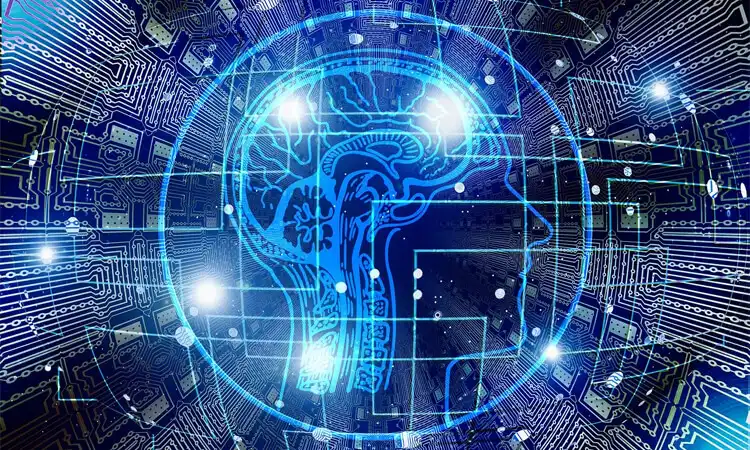If you’re looking for information on how to build an AI, you’re in the right place. Since the development of the digital computer in the 1940s, it has been clear that these machines could be programmed to complete incredibly complex tasks, such as discovering mathematical theorems or playing chess. With the ability to perform tasks typically associated with humans, artificial intelligence has become an essential part of modern technology. In this article, we’ll provide you with a basic understanding of artificial intelligence, its applications, and the steps required to create your own AI. Whether you’re a beginner or an experienced programmer, this guide will help you get started on your journey to building an AI.
What is Artificial Intelligence?
Artificial Intelligence (AI) is the field of computer science focused on creating intelligent machines that can perform human-like tasks. AI technologies power virtual assistants, self-driving cars, smart recommendations, and more.
Artificial intelligence (AI) is intelligence demonstrated by machines, as opposed to intelligence of humans and other animals. Example tasks in which this is done include speech recognition, computer vision, translation between (natural) languages, as well as other mappings of inputs.
From wikipedia
For example, virtual assistants like Siri and Alexa understand speech so that you can control devices with your voice. AI makes self-driving cars perceive the world around them and navigate roads independently. Machine learning models recommend products you’ll love based on your interests.
The dream of AI has been decades in the making. It started with mathematician Alan Turing’s seminal work in 1950, including the Turing Test to determine if a machine matches human intelligence. Simply put, intelligence means acquiring, processing, and recalling information as knowledge. AI builds intelligent systems with these skills, often using algorithms and statistics to learn and improve from experience over time.
According to Shane Legg, DeepMind cofounder, “Intelligence is the ability of an agent to achieve goals in a changing environment. For humans, this includes natural intelligence. For machines, it requires artificial intelligence.”
In a nutshell, AI makes it possible for machines to match and even surpass human capabilities for intelligent thought and problem-solving. The possibilities of AI are only just beginning.
Read More: What is Autonomous AI?
AI Operation and Application
Building artificial intelligence (AI) that’s smart and helpful is now easier and more affordable than ever. The secret to great AI? We use training on tons of data.
AI systems are programs or algorithms that help AI learn to spot patterns and insights humans miss. The more quality data you feed AI, the smarter it gets at analyzing information and solving problems.
We call giving AI the ability to learn and reason with data “machine learning.” For example, “natural language processing” (NLP) gives AI the power of human language to read, understand, and respond to us naturally. Some of the most useful AI today relies on machine learning and deep learning, which builds neural networks that mimic how the human brain works.
AI is transforming our world in amazing ways. Here are just a few:
- Speech recognition. AI can now translate your speech into text. Assistants like Siri use speech recognition to understand your voice commands.
- Virtual customer service. More companies are using AI agents instead of (or alongside) human agents. According to Servion Global Solutions, AI is expected to play a major role in customer service interactions by 2025, with over 95% of interactions featuring some form of AI. This highlights the growing importance of AI in improving customer service and the need for businesses to adopt AI technologies to remain competitive in the market.
- Computer vision. AI allows software and systems to analyze visuals like photos, videos, and images for useful data and insights. For example, tagging friends in photos on social media uses computer vision AI.
- Personalized recommendations. AI analyzes your behavior to discover your habits and interests, then provides customized recommendations. This is how AI powers recommendations on shopping sites and “predictive analytics” software that helps companies sell you more stuff.
- Fraud prevention. AI models spot patterns that detect payment or information fraud. Many companies now use AI to prevent fraud and keep your data safe.
- Automated trading. AI trading platforms make snapped-second trading decisions, executing millions of daily trades. Today, half of all stock trades in America are completely automated. Analysts say the AI trading market could reach $31.2 billion by 2028.
You also can read more: Self Learning AI Will Create a New “Self-Era”
How to Build an AI: What is Required to Build an AI System?
Creating great AI is easier and more affordable than ever. A report from Gartner estimates global AI software revenue will reach $62.5 billion by 2022, growing 21.3% from 2021.
So how do you build your own AI? Here are the basic steps:
Step 1: Identify the Problem
Before building any product or feature, focus on your users’ main challenges and how you’ll help solve them. Determine your value proposition: the key benefits customers will get from using your AI. A good value prop helps customers understand why they should buy from you versus the competition. Some things to consider:
- Cost savings. Does your AI reduce the time/money spent on a task?
- Increased convenience or customization. Does your AI provide a more personalized, optimized experience?
- Improved quality or accuracy. Does your AI deliver better results or more insights than humans alone?
- Scalability. Does your AI help users gain control or insights that would be impossible at large volumes or speeds?
By finding the core problem, you can build super useful AI that provides real value. Launch a first draft (MVP), then fix any issues fast via customer feedback.
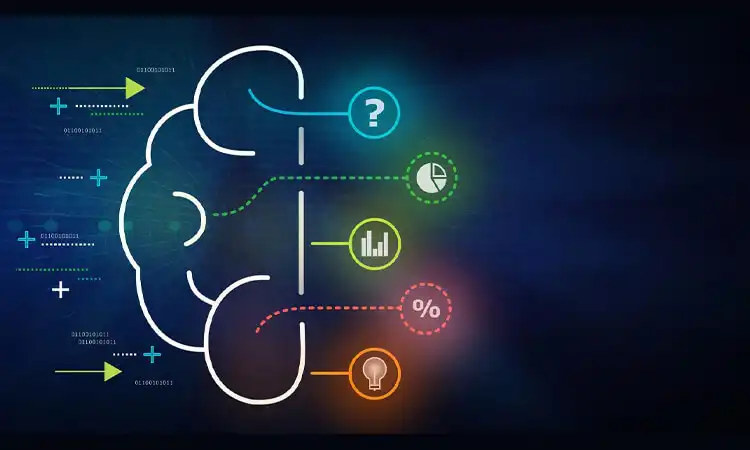
Step 2: Get the Right Data and Clean It
Now that you know the problem, find data sources to train your AI. High-quality data matters more than fancy AI models. Data falls into two types:
- Structured data: Clearly defined information with patterns like names, addresses, ages, and phone numbers. Easy to search and organize.
- Unstructured data: Lacks patterns, consistency, or uniformity. These include audio, images, infographics, and emails.
Scrub your data, process and store it before training AI models. “Data cleaning” removes errors and gaps so your data is as accurate as possible.

Step 3: Create Algorithms
After identifying the problem and preparing the data, it’s time to create algorithms. Computer algorithms are mathematical instructions that tell the computer what to do and how to do it. You must develop prediction or classification machine learning algorithms so the AI model can learn from the dataset.
There are several machine learning algorithms that you can use to train your AI model. Some of AI development’s most commonly used algorithms include linear regression, decision trees, and neural networks. The choice of algorithm will depend on the problem you’re trying to solve and the type of data you have. Experimenting with different algorithms is important to find the best one for your AI system.

Step 4: Train the Algorithms
Once you’ve designed the algorithms for your AI system, the next step is to train them using the relevant data you’ve collected. Training an AI model involves feeding it large amounts of data and using machine learning algorithms to adjust the model’s parameters and improve its accuracy. During the training process, the model learns to recognize patterns in the data and make predictions based on that learning. Effective training is critical to achieving accurate and reliable results and requires careful data selection, algorithm optimization, and ongoing monitoring to ensure the model is learning and adjusting correctly. By investing time and effort in the training process, you can improve the performance and effectiveness of your AI system.
Establishing model accuracy is critical. You need to set a minimum acceptable threshold to determine the accuracy of your model. If you’re a social networking company aiming to identify and delete fake accounts, you could use a “fraud score” system to help prioritize the accounts that require further investigation. By assigning a score between zero and one to each account based on relevant factors, you can quickly identify accounts with a high likelihood of fraud. For example, if you set a threshold of 0.9, you could send all accounts with a score above that level to be reviewed by the fraud team. This can help streamline the process of identifying and removing fake accounts and improve your platform’s overall security and trustworthiness.
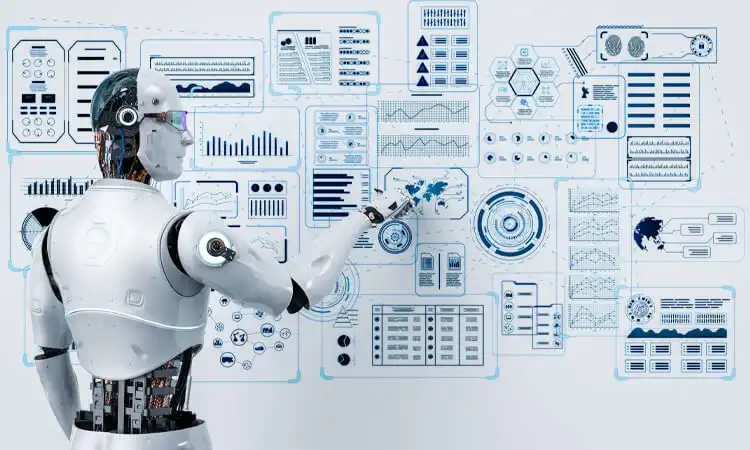
Step 5: Choose the Right Platform
In addition to collecting and preparing data for training your AI model, you must select a platform to support your system’s needs. You can choose between an in-house or cloud framework. The main difference between these frameworks is that the cloud makes it easy for enterprises to experiment and grow as projects go into production, allowing faster training and deployment of ML models.
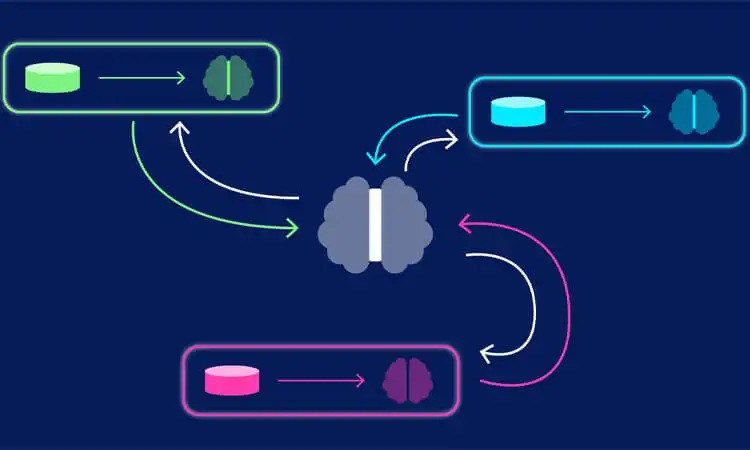
- In-house Frameworks
If you prefer to use an in-house framework for developing AI models, there are several popular open-source libraries to consider. These libraries provide a range of tools and resources to support machine learning and data analysis, including Scikit-learn, TensorFlow, and PyTorch. These libraries are widely used in AI development and offer a range of features and capabilities to support different types of models. In-house frameworks provide greater control over the development process and offer better security and privacy, as they can be customized to suit your specific needs and requirements. By leveraging the power of these libraries and frameworks, you can accelerate your AI development and achieve better results.
- Cloud Frameworks
To accelerate the development and deployment of AI models, you may want to consider using a cloud-based machine learning platform or ML-as-a-Service solution. These platforms provide a range of tools and resources to help you train and deploy your models more efficiently. For example, they may offer pre-built models, templates, and drag-and-drop interfaces that make it easier to get started.
Additionally, many platforms provide a variety of programming languages, IDEs, and Jupyter Notebooks to suit different skill levels and preferences. By leveraging the power of these platforms, you can reduce the time and effort required to build and deploy AI models and focus on delivering value to your customers. Cloud frameworks offer scalability, flexibility, and cost-effectiveness since you only pay for the resources you use.
Step 6: Choose a Programming Language
Choosing the right programming language is a key factor in building an effective AI system. Once you’ve identified the problem you want to solve, prepared your data, and designed your algorithms, you’ll need to select a language that can bring your system to life. There are many programming languages to choose from, each with its own unique features and benefits. Some popular choices for AI development include Python, Java, C++, and R. Factors to consider when selecting a language include the complexity of your project, the availability of relevant libraries and frameworks, and your team’s expertise. By choosing the right programming language for your AI system, you can optimize its performance and achieve accurate, reliable results.
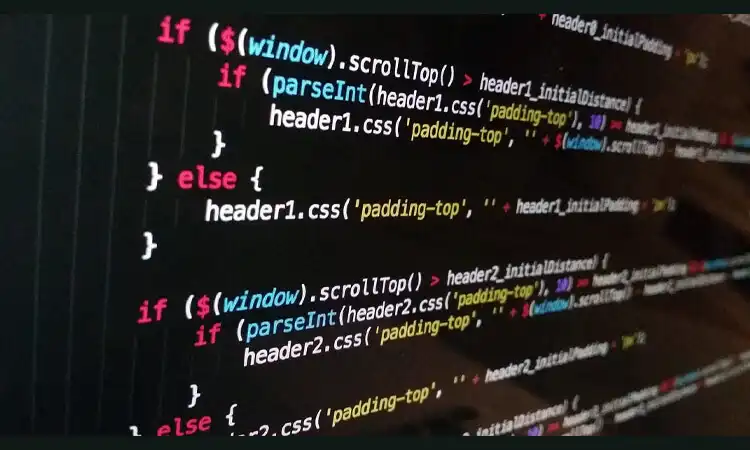
- Python is ideal for beginners as it has a simple syntax that non-programmers can learn quickly. It’s also widely used in data science and has excellent libraries for machine learning.
- C++ is a high-performance and efficient language, making it ideal for AI in games and other high-performance applications.
- Java is user-friendly, easy to debug, and can be used on most platforms. It’s suitable for large-scale projects, especially those involving search engine algorithms or desktop applications.
- R is designed for predictive analysis and statistics, making it ideal for data science and machine learning tasks.
Choosing the right programming language depends on your goals, needs, and level of expertise. Python is a great choice if you’re new to programming and looking to learn a language for AI development. If you’re an experienced programmer, C++ or Java may be more suitable for their performance and flexibility.
Step 7: Deploy and Monitor
After developing a sustainable and self-sufficient solution, it’s time to deploy your AI system. Deployment involves ensuring that it works effectively and efficiently in real-world scenarios. You should also monitor your models after deployment to ensure they continue to perform well.

Monitoring involves tracking performance metrics, such as accuracy, precision, recall, and identifying issues. Watch for unexpected behavior, like bias or overfitting, and take corrective action as needed.
Keeping your AI system up-to-date with the latest data and algorithms is important for its effectiveness and efficiency. Ongoing maintenance and updates are required to keep your AI system running smoothly.
If you want to know how to build an AI system, you need to follow a few key steps. This includes identifying a specific problem, collecting clean and relevant data, designing algorithms that can analyze data, training your AI model, selecting a suitable platform, choosing the right programming language, and deploying and monitoring your system. Building a powerful AI system requires careful planning, attention to detail, and a focus on accuracy and effectiveness.
About How to Build an AI Problem
-
What are the key steps involved in building an AI system?
The key steps involved in building an AI system include identifying a problem to solve, collecting and cleaning data, designing algorithms, training the AI model, selecting a platform, programming the system, and deploying and monitoring the system.
-
What are the different types of AI systems, and how do they differ in terms of design and functionality?
Some different types of AI systems include rule-based systems, decision trees, neural networks, and deep learning systems. They differ in design and functionality, with some systems better suited for certain tasks than others.
-
What are the best programming languages for building AI systems?
Some of the most popular programming languages for building AI systems include Python, Java, C++, and R. The choice of language will depend on the specific task and the programmer’s expertise.
-
How do you collect and clean data for an AI system?
Collecting and cleaning data for an AI system involves identifying relevant sources, gathering data, cleaning and transforming it, and preparing it for analysis.
-
What are the most important considerations when choosing a platform for deploying an AI system?
When choosing a platform for deploying an AI system, it’s important to consider cost, scalability, ease of use, and compatibility with existing systems.
-
How do you choose the right machine-learning algorithm for a specific task?
Choosing the right machine learning algorithm for a specific task depends on the data type, the dataset size, and the desired outcome. Some popular machine learning algorithms include linear regression, logistic regression, decision trees, and random forests.
-
What are the most common pitfalls to avoid when building an AI system?
Common pitfalls to avoid when building an AI system include poor data quality, overfitting, underfitting, and the system’s lack of interpretability or transparency.
-
How can you ensure that an AI system is accurate and effective in solving problems?
Ensuring that an AI system is accurate and effective in solving problems requires careful testing, ongoing monitoring, and continuous improvement.
-
What are the ethical considerations when building an AI system, and how can they be addressed?
When building an AI system, ethical considerations include data privacy, algorithmic bias, and the potential impact on employment and social inequality.
-
What are some techniques for reducing bias in an AI system, and how effective are they?
Techniques for reducing bias in an AI system include data preprocessing, algorithmic adjustments, and transparency measures such as model interpretability. However, eliminating bias can be challenging, and ongoing monitoring and updates are necessary.


